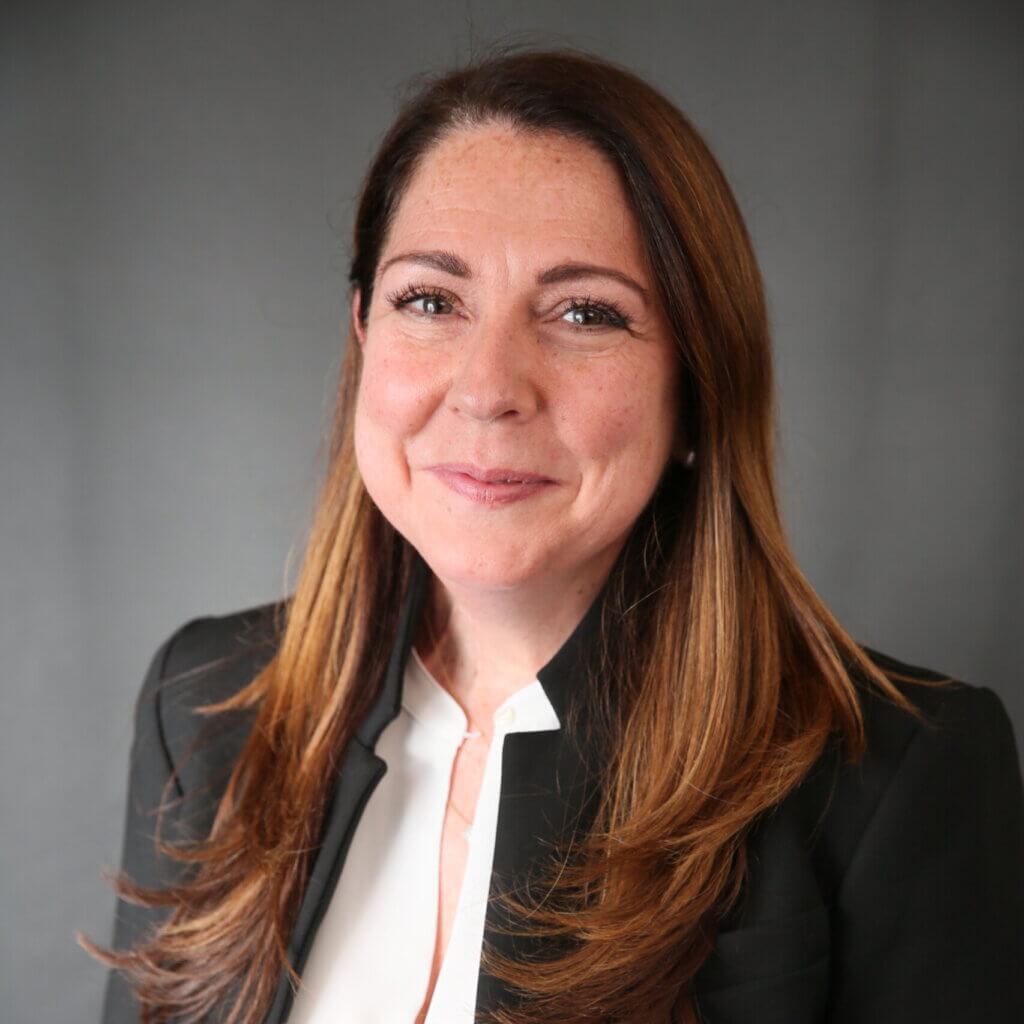
Market shifts over the past half decade have hastened investor demands for liquidity, particularly given the oscillating rate environment and global slowdown in IPO activity since 2021’s record-breaking run of exits.
This shift isn’t about demanding daily liquidity from long-term strategies but about structured, predictable access. Wealth platforms, family offices, and even traditional institutions want better rebalancing tools and tactical allocation options. There is a growing demand for vehicles that maintain exposure to illiquid assets while enabling timely, transparent access.
Illiquidity is Evolving – Access Without Compromise
The idea that illiquidity must always be the price of higher returns is being redefined. While private loans, equity stakes and infrastructure remain long-term in nature, the mechanisms for accessing and managing them are becoming far more flexible.
Today’s liquidity toolkit includes:
- Assets being raised in structured finance vehicles for flexible, diversified liquidity.
- Secondary markets, especially in private debt, offering earlier exit opportunities and greater price discovery.
- Fund structures such as evergreen and interval funds, which provide periodic liquidity windows.
- Credit solutions like NAV-based facilities that unlock interim liquidity without asset sales.
According to Allianz Global Investors, the private debt secondaries market is projected to exceed $20 billion annually by 2026.
Structured Solutions: Rated Note Feeders and
Collateralized Fund Obligations
Alongside traditional liquidity tools, Rated Note Feeders (RNFs) and Collateralized Fund Obligations (CFOs) are rapidly becoming differentiators in the private markets landscape. These structures are particularly appealing to regulated investors, insurers, pensions, and others that require rated exposure and favourable regulatory or capital treatment.
RNFs convert private fund interests into rated securities, allowing these investors to allocate through familiar vehicles that are streamlined and balance sheet friendly. The process of rating imposes discipline and transparency, and for some investors can reduce capital charges compared to unrated private fund equity.
CFOs, by contrast, securitize pools of fund stakes and issue tranches of rated notes with varied risk/return profiles. The senior tranches appeal to those prioritizing capital protection, while junior or subordinated tranches offer enhanced return potential.
CFOs allow asset owners to unlock value, rebalance portfolios, or meet distribution needs, all while avoiding involuntary asset sales. This capability is especially relevant when liquidity windows are tight or traditional secondary markets are thin.
In both cases, RNFs and CFOs don’t change the illiquid nature of the underlying assets, but they add optionality, allowing investors to engage in private markets with greater flexibility and layered exposure, and providing managers with structure to deploy and manage capital in more robust, scalable ways.
Private Debt Secondaries
While secondaries have long been a mainstay in private equity, the market for private debt secondaries is just now reaching a meaningful inflection point. Several structural and market-driven factors are accelerating this shift.
A large wave of credit funds, particularly in direct lending, launched after 2015 is now reaching maturity, prompting a natural evolution in how investors think about liquidity options. At the same time, improvements in transparency and access to loan-level data are making secondary pricing and due diligence more robust.
Private debt secondary transactions are taking a variety of forms, including traditional LP stake transfers, securitizations of loan portfolios, and synthetic liquidity solutions such as NAV-based lending. Each of these requires specialized operational infrastructure and introduces new complexities in fund administration.
As this segment continues to grow, fund administrators must be prepared to support more frequent valuations, manage complex data-heavy workflows, and facilitate smooth investor transitions.
Existing Barriers to Entry
Increased structural flexibility hasn’t automatically equated to broader accessibility. While managers can now design vehicles with lower minimums, more frequent liquidity windows, and no hard lockups, regulatory thresholds are simultaneously becoming more stringent.
The SEC’s recent proposal to raise the net worth and income requirements for qualified purchasers underscores this tension, making it technically possible to build more investor-friendly vehicles, but harder for many investors to meet the eligibility criteria.
This creates a growing disconnect between product innovation and actual access. To bridge that gap, managers increasingly need administrators with the distribution infrastructure, advisor relationships, and investor onboarding capabilities to match the right vehicles with the right audience.
Access aside, this evolution is also exposing gaps in legacy fund structures and back-office systems. Many were simply not built to support modern liquidity demands, especially when it comes to dynamic capital flows, multi-layered vehicles, and real-time data needs.
Meeting this moment requires a fundamental transformation in fund operations, underpinned by scalable infrastructure, rigorous governance, and forward-thinking administration.
The Administrator’s Role in Risk and Governance
As private markets evolve to offer more liquidity, the responsibilities surrounding risk management and governance grow in parallel, particularly for fund administrators. Increased access does not diminish the need for control, in fact, it amplifies it. Fund administrators play a central role in ensuring that new liquidity mechanisms are implemented responsibly and in alignment with the fund’s structure and investor commitments.
This role spans multiple critical functions. On the risk side, administrators are tasked with monitoring collateral quality, conducting stress tests on redemption windows, and helping managers evaluate the operational impact of liquidity provisions.
From a governance standpoint, they ensure that liquidity terms are consistent with fund documentation and investor disclosures, mitigating the risk of misalignment.
Administrators must also stay ahead of an evolving regulatory environment. As bodies like the SEC and ESMA increase scrutiny of liquidity management practices in private funds, fund administrators will be expected to demonstrate preparedness, transparency, and procedural rigor.
In this context, administrators are no longer back-office support; they are strategic partners. Their ability to uphold risk and governance standards will be essential to maintaining fund integrity as the boundaries of illiquidity continue to shift.
Strategic Liquidity: The New Frontier
Liquidity in private markets is no longer a contradiction; it’s a competitive advantage. In asset classes like private debt, innovations in secondary markets and fund structures unlock investor access without sacrificing returns.
The firms that combine structural innovation with operational rigor will define the next phase of growth. For investors and managers alike, administrators are at the core of this transition, enabling the infrastructure, governance, and data frameworks that make next-generation vehicles possible.






































